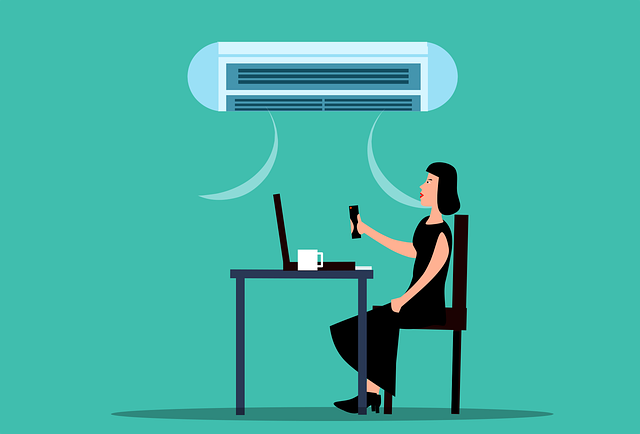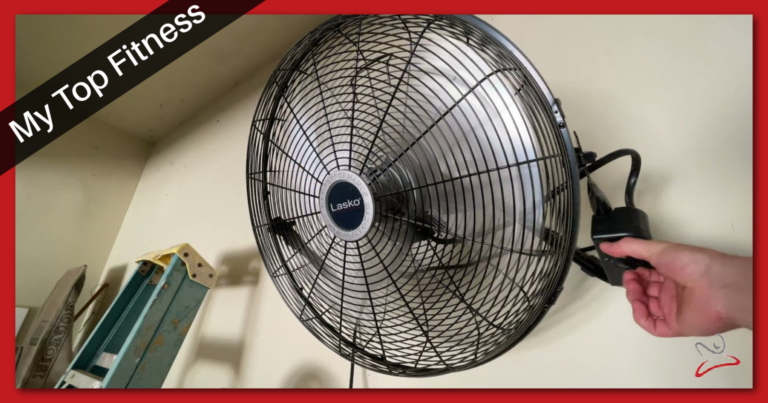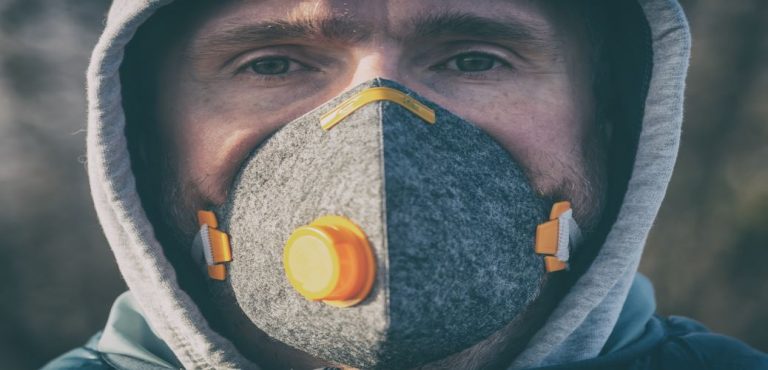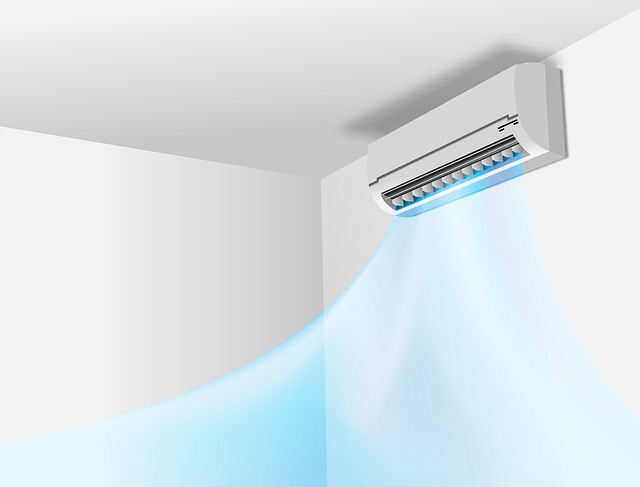How to Clean Air with Essential Oils
Essential oils not only smell good but are very effective at cleaning the air. Whether at home, in the office, or in your car… there are several options to purify. This is especially important for runners, who can sweat up a car after their run. Let’s dive into how these powerful oils clean the air, diffuser types, dangers, and the top 11 best essential oils for clean air.
How Do Essential Oils Clean The Air?
So are these oils just like other products that help “clean” the air? Companies market too many products to simply mask an odor. These products actually do nothing for the quality of the air you are breathing, odor aside.
Essential oils, however, have some scientific evidence for being able to actually purify and clean air. Here is what they actually do that does more than just mask smells.
Increasing Atmospheric Oxygen
One of the first things they demonstrated is an ability to do is increase oxygen levels, including atmospheric oxygen. EOs naturally carry a high concentration of oxygen. When you diffuse them in a room, you are unlocking that oxygen. Generally, higher oxygen levels are associated with cleaner air because pollution and toxins remove that oxygen.
Increasing Negative Ions
Over the last 30 years, the idea of ionization has been part of air purification devices. The idea is simple, create a negatively charged ion, which will help reduce the development of bacteria.
High-quality oils provide this ionization effect without the use of electricity, giving them an antibacterial property. Using high-voltage electric current in other ionizing devices also produces ozone. This can be hazardous in small, unventilated areas. Oils provide the right effect without potentially hazardous side effects.
–
How Do You Diffuse Essential Oils?
Using these amazing plant-derived oils is exceptionally simple, and just about any age can do it safely. The use of a diffuser is a widely used and simple method for cleaning the air. There are three different types of diffusers with differing ranges of effectiveness.
Water-Based Diffusers
These are probably the most commonly used diffuser. They use water with a relatively small amount of oil, usually ranging from 3-10 drops. This helps with adding some additional moisture to the air, as well as diffusing the oil itself.
Some devices act more as a “vaporizer,” adding more water to the air than oil. People who are more concerned about water vapor than the oil itself tend to prefer this style.
The downside to water-based diffusers is that they can be messy, very similar to the mess possible with most vaporizers. The device can leak if not used correctly, not to mention the risk of spilling water in the refilling process.
For that risk, though, you have the most control over the concentration of the aroma from the oil based on how much you use. That also means you have the most control over your cost as well.
Waterless Diffusers
Some diffusers do not use water. Rather, you attach your bottle of oil directly to the device and vaporize and diffuse the oil without adding water vapor. This feature is helpful for large spaces or anywhere a stronger concentration of oil may be of benefit. However, it can be overpowering in normal living spaces. Car diffusers have risen in popularity and are a type of waterless diffuser for those on the go.
Water Solution In Spray Bottles
Adding a few drops of oil to a spray bottle filled with water is a great way to diffuse the oil in a pinch.
There is little in way of proper studies to demonstrate this is an effective method to diffuse. This may not as effectively diffuse the oil as effectively, being the vapor is not nearly as fine. Further, there is the water falling in greater concentrations that may lead to a mess.
However, if you do not have a proper atomizer may be a great option. Additionally, if you need to cover a large area quickly to deal with an odor, this may just do the trick. Oil does not dissolve in water, so be sure to shake your bottle frequently.
–
Caution On Using Oils
The use of these oils is generally considered safe. However, there are a few cautions you should exercise.
First, be careful of the quality of your oil. Oils are not all equal in quality and function. Many inexpensive oils have fillers and synthetic scents in the bottle, not just the oil you desire. These can be dangerous for a couple of reasons in your home:
Animals
According to Dr. Josh Axe, a naturopathic practitioner, this is especially for cats and small dogs. Low-quality oils with chemical additives can be toxic to animals, causing severe respiratory issues, including death. Further, using them too potently can be equally harmful. Be sure you do not lock your animal in the same room you are diffusing oils. Check with them to see if it is a good fit. If you hold it down for them to smell and they back away, be cautious. Likewise, if they run from the area where you are diffusing, they are giving you a warning.
Small Children
Dr. Axe further explains that the wrong oils can also cause respiratory distress among young children, generally under two years old. Use lower concentrations when you diffuse and avoid extremely strong oils like eucalyptus. The same caution about chemicals from animals also applies to young children.
–
What Are The Best Oils For Clean Air?
So now that you know why and how to use essential oils for cleaning the air, what oils should you use? Here are the 11 we recommend based on the properties listed in the 8th edition Essential Oils Desk Reference.






